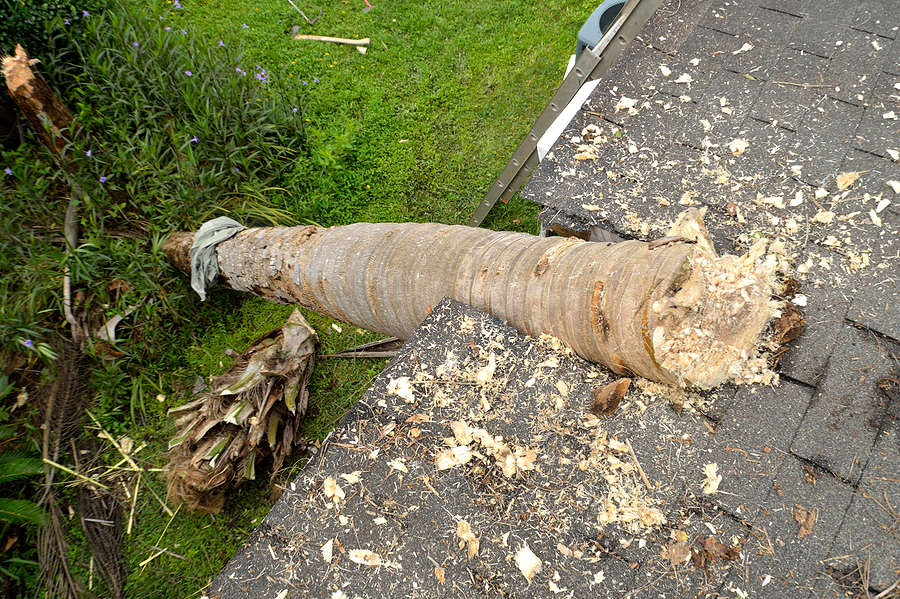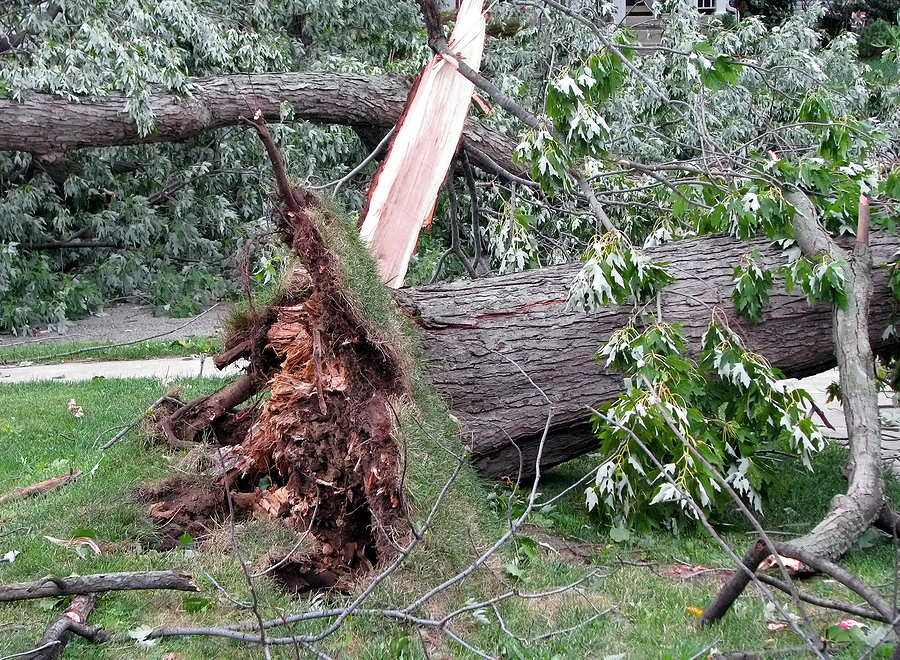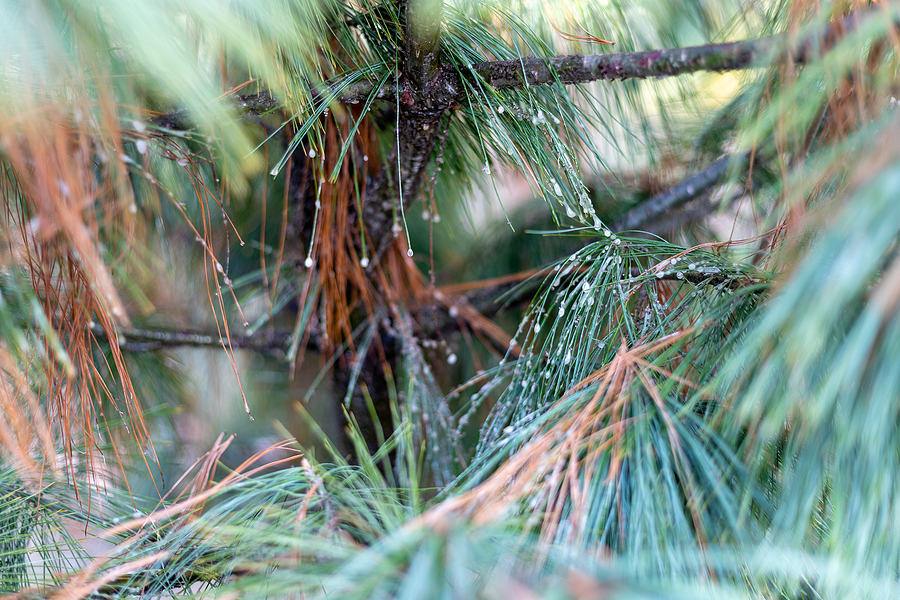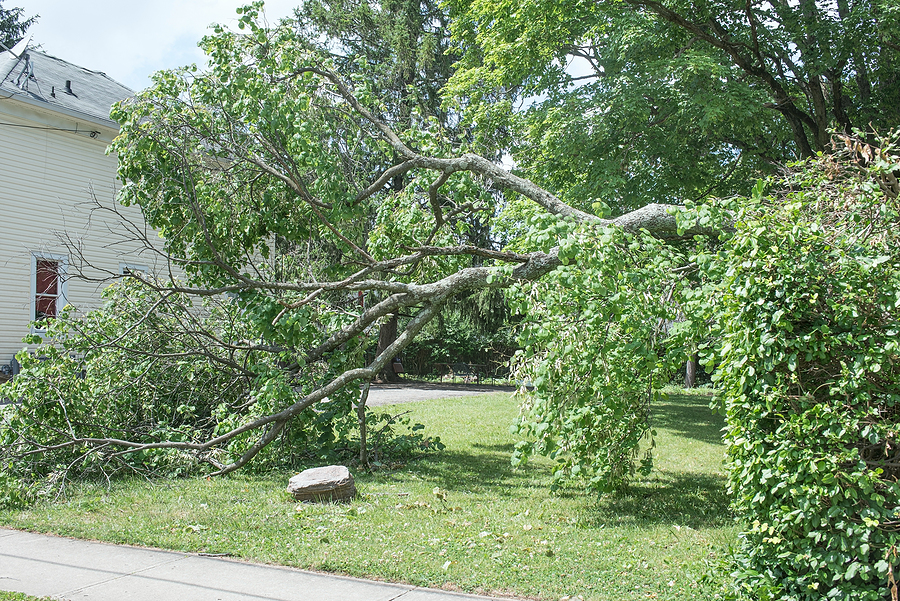Trees add beauty, shade, and value to your property, but they can also pose serious risks when their health deteriorates. A damaged or dying tree isn’t just an eyesore—it’s a potential hazard that could cause property damage, personal injury, or even death. Understanding the warning signs of a hazardous tree can help you make informed decisions about tree removal before disaster strikes.
Recognizing when a tree has become dangerous requires careful observation and knowledge of what to look for. Many homeowners assume that standing trees are stable, but the reality is that compromised trees can fail without warning. Storm damage, disease, pest infestations, and natural aging all contribute to tree instability.
Professional tree removal may seem like a significant expense, but the cost of removing a hazardous tree is minimal compared to the potential damage it could cause. Insurance claims from fallen trees can reach tens of thousands of dollars, not to mention the risk to human life.

Tree Removal Signs to Be On the Look Out For
❶ Visible Signs of Decay or Rot
One of the most obvious indicators that you need dead tree removal is the presence of visible decay or rot. When trees show extensive rot at the base, the structural integrity of the entire tree becomes compromised. Look for soft, spongy wood, discolored bark, or areas where the bark has fallen away to reveal decaying wood underneath.
Fungal growth around the base of the tree is another red flag. Mushrooms, conks, or other fungi growing on or around the tree trunk indicate internal decay. These organisms feed on dead and dying wood, which means the tree’s structural integrity is already compromised.
The root system is equally important to examine. If you notice significant decay in the root flare area where the trunk meets the ground, the tree may no longer have adequate support. Trees with extensive root rot are particularly dangerous because they can fall without warning, even in mild weather conditions.
❷ Hollow Trunk or Large Cavities
A hollow trunk or large cavities in the tree are serious structural concerns that often necessitate tree removal. While some trees can survive with hollow sections, the remaining wood may not provide sufficient support, especially during high winds or storms.
Cavities can form from various causes, including previous storm damage, improper pruning, or natural decay processes. These openings allow moisture, insects, and diseases to penetrate deeper into the tree, accelerating the deterioration process.
When evaluating cavities, consider both their size and location. Large cavities that compromise more than one-third of the tree’s circumference significantly weaken the structure. Professional arborists can assess whether the remaining wood is sufficient to support the tree safely.
❸ Leaning or Tilting Trees
A leaning tree doesn’t always require removal, but sudden changes in a tree’s angle are cause for concern. Trees that have developed a lean over many years often develop compensating root systems and may remain stable. However, trees that begin leaning suddenly pose immediate risks.
Recent storms or high winds can cause trees to shift, creating dangerous lean angles. If you notice a tree that wasn’t previously leaning has developed a noticeable tilt, especially after severe weather, contact a tree service company immediately for assessment.
Root damage is often the culprit behind leaning trees. Construction activities, soil erosion, or root rot can compromise the anchor system, causing the tree to lose stability. Look for exposed roots, soil mounding on one side of the tree, or cracks in the ground around the base.
Contact Us for Expert Tree Removal 🪚
❹ Dead or Hanging Branches
Dead branches, also known as widow-makers, create immediate hazards that require prompt attention. These branches can fall without warning, potentially injuring people or damaging property below. While removing individual dead branches might seem sufficient, extensive dead wood throughout the canopy often indicates broader tree health issues.
Storm damage frequently creates hanging branches that remain partially attached to the tree. These compromised branches are unpredictable and dangerous, as they can fall at any time. Professional removal is essential for safely addressing hanging branches, particularly those in difficult-to-reach locations.
Large dead branches in the upper canopy are especially concerning near power lines or buildings. Even relatively small branches can cause significant damage if they fall from great heights. Regular inspection of the tree canopy can help identify these hazards before they become emergencies.
❺ Root Problems
Root system health is crucial for tree stability, yet root problems often go unnoticed until it’s too late. Visible root damage, such as severed roots from construction activities or trenching, can compromise the tree’s ability to remain upright.
Soil compaction from heavy machinery or excessive foot traffic can suffocate roots, leading to gradual decline and instability. Trees in urban environments are particularly susceptible to root problems due to limited growing space and various environmental stressors.
Signs of root distress include premature leaf drop, reduced leaf size, sparse foliage, and overall decline in tree vigor. While these symptoms can indicate various problems, root issues often require tree removal when the damage is extensive enough to compromise stability.
❻ Pest Infestation or Disease
Certain pest infestations and diseases can make tree removal necessary for both safety and environmental reasons. Ash trees showing signs of emerald ash borer infestation typically require removal, as this invasive pest is nearly always fatal to ash trees.
Bark beetles create distinctive patterns of tunnels under the bark, weakening the tree’s ability to transport nutrients and water. Heavy bark beetle infestations often result in rapid tree decline and death, making removal necessary to prevent the spread to nearby trees.
Diseases like Verticillium wilt can cause sudden branch death and overall tree decline. While some trees can survive with proper treatment, severely affected trees may pose safety risks and require removal. A qualified arborist can help determine whether treatment is viable or if removal is the safer option.
❼ Proximity to Structures and Power Lines
Trees near power lines or buildings require special consideration, even when they appear healthy. As trees grow, they may encroach on power lines, creating fire hazards and potential electrical dangers. Utility companies often require tree removal when branches grow too close to power lines.
The proximity of trees to buildings becomes particularly concerning when combined with other risk factors. A tree showing signs of decline near a house, garage, or other structure poses significantly higher risks than the same tree in an open area.
Consider the potential fall zone when evaluating trees near structures. A tree’s height typically determines its potential impact radius, so even healthy trees may require removal if they’re tall enough to reach buildings or other valuable assets if they were to fall.
Understanding Tree Removal Costs and Logistics
Tree removal costs vary significantly based on several factors. Tree size and height have the most substantial impact on pricing, as larger trees require more time, labor, and specialized equipment. A small tree might cost a few hundred dollars to remove, while large trees can cost several thousand dollars.
Location affects pricing considerably. Trees in easily accessible areas cost less to remove than those near buildings, power lines, or in confined spaces. Emergency tree removal services after storms typically cost more due to the urgent nature and potential hazards involved.
Many municipalities require permits for tree removal, especially for trees of a certain size or species. These permits add to the overall cost but are necessary to avoid legal issues. Trees on property lines require communication with neighbors and understanding of shared responsibilities.
Choosing Professional Tree Services
Finding a reputable tree service company like Timberland Tree Care in Indianapolis is crucial for safe and effective tree removal. Look for companies with proper licensing, insurance, and certifications from organizations like the International Society of Arboriculture. Get multiple quotes to ensure competitive pricing and compare the services included.
Emergency tree removal situations require immediate professional attention. Attempting to remove hazardous trees yourself can result in serious injury or death. Professional arborists have the training, equipment, and experience necessary to safely remove dangerous trees.
Conclusion
Recognizing the warning signs of hazardous trees empowers you to take proactive steps to protect your property and family. Regular tree inspections, especially after severe weather events, can help identify problems before they become emergencies.
Don’t wait until a tree poses immediate danger to seek professional assessment. Early intervention can sometimes save trees through proper treatment, but when removal is necessary, prompt action prevents more serious consequences. The investment in professional tree removal far outweighs the potential costs of property damage, injury, or liability issues.
If you’ve noticed any of these warning signs on your property, contact Timberland Tree Care, today. Get a free tree removal quote today to understand your options and ensure your property remains safe and beautiful.
Request Your Free Estimate Now
Related Post: When to Remove a Tree From Your Property









